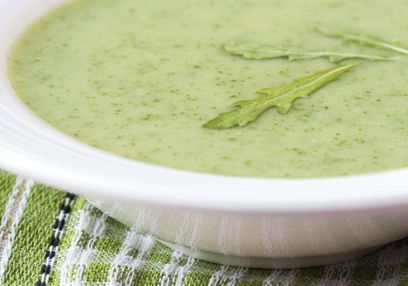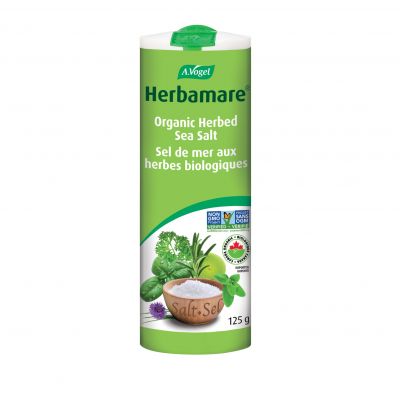Winter Eating: Warmth and Comfort
During the cooler months, our bodies crave warm, comforting foods. Many have a memory of some hearty stews, soups, or roasted dishes that were a staple at a family event. These were often rich in root vegetables and slow-digesting carbs. Traditionally, these foods provided the necessary energy to combat the cold and keep us feeling full longer. However, they can also lead to increased calorie intake and potentially unwanted weight gain.1
Winter diets are typically higher in fats and carbohydrates with many of the world’s holidays happening during the cooler months. The reduced sunlight and colder temperatures can lead to a decrease in physical activity and an increase in cravings for sugary and fatty foods.2,3 This combination can impact our metabolism and overall energy levels.
Transition to Spring: Light and Fresh
As spring arrives, the days grow longer and warmer, which naturally shifts our culinary preferences. Spring is the time to lighten up our meals with fresh, seasonal produce. The focus shifts towards detoxifying the body and preparing it for the more active months ahead. Your local farmer’s market is often a great place to search for produce that’s in-season!
Eating in spring is about embracing fresh fruits and vegetables, which are abundant during this season.4 Leafy greens, berries, and citrus fruits become more appealing, offering a rich array of vitamins, minerals, and antioxidants.5 These foods are not only lower in calories but also high in fibre, aiding digestion, and weight management.
Key Strategies for Spring Eating
- Hydration is key: As temperatures rise, staying hydrated becomes more important. Incorporating herbal teas and infused water can add variety to your hydration habits.
- Support digestion: Herbs like milk thistle, artichoke, dandelion, and boldo are all known for their gut-busting activity. They help to break down fat, neutralize carbs, and reduce that after-meal bloat otherwise known as postprandial fullness. Convenient options include Digestive Aid Complex which can be taken with a meal.
- Focus on fresh produce: Emphasize fruits and vegetables that are in season. They’re not only fresher and more nutritious but also more environmentally friendly if they are locally sourced.
- Incorporate light proteins: Shift from heavy meats to lighter protein sources like fish, chicken, or plant-based proteins like lentils and chickpeas.
- Reduce heavy carbs: Cut down on some of the heavier carbs like bread and pasta. You want to opt for lighter alternatives like quinoa, brown rice, or cooked barley.
- Detox your diet: Spring is a great time for supporting your digestive organs. Liquid prebiotics like Molkosan are high in potassium, and lactic acid which gets converted to a fuel for your gut cells known as butyrate.
- Increase movement and physical activity: With warmer weather, it’s easier to move with access to activities like swimming, pickleball, or soccer. Regular movement and exercise are a natural pairing with a spring diet and boost your metabolism.
- Listen to your body: Take a moment to perform something called a body scan. Sometimes, a light salad is perfect; other times, you might want something more substantial. Never forget either, that everything in moderation, so don’t deny yourself that sweet craving.
Transitioning from winter to spring eating is less about changing what’s on your plate, and more about adapting to the seasonal rhythms of your body and environment. Spring offers a chance to reset our eating habits, embrace fresh, nutrient-rich foods, and prepare our bodies for the more active, sun-filled days ahead.
References
- Abdulan, Irina Mihaela, et al. "Winter Holidays and Their Impact on Eating Behavior—A Systematic Review." Nutrients19 (2023): 4201.
- Shephard, Roy J., and Yukitoshi Aoyagi. "Seasonal variations in physical activity and implications for human health." European journal of applied physiology107 (2009): 251-271.
- Silva, Pedro, et al. "Seasonal differences in physical activity and sedentary patterns: The relevance of the PA context." Journal of sports science & medicine1 (2011): 66.
- Spence, Charles. "Explaining seasonal patterns of food consumption." International journal of gastronomy and food science24 (2021): 100332.
- Madden, Kenneth Michael. "The seasonal periodicity of healthy contemplations about exercise and weight loss: ecological correlational study." JMIR public health and surveillance4 (2017): e7794.







